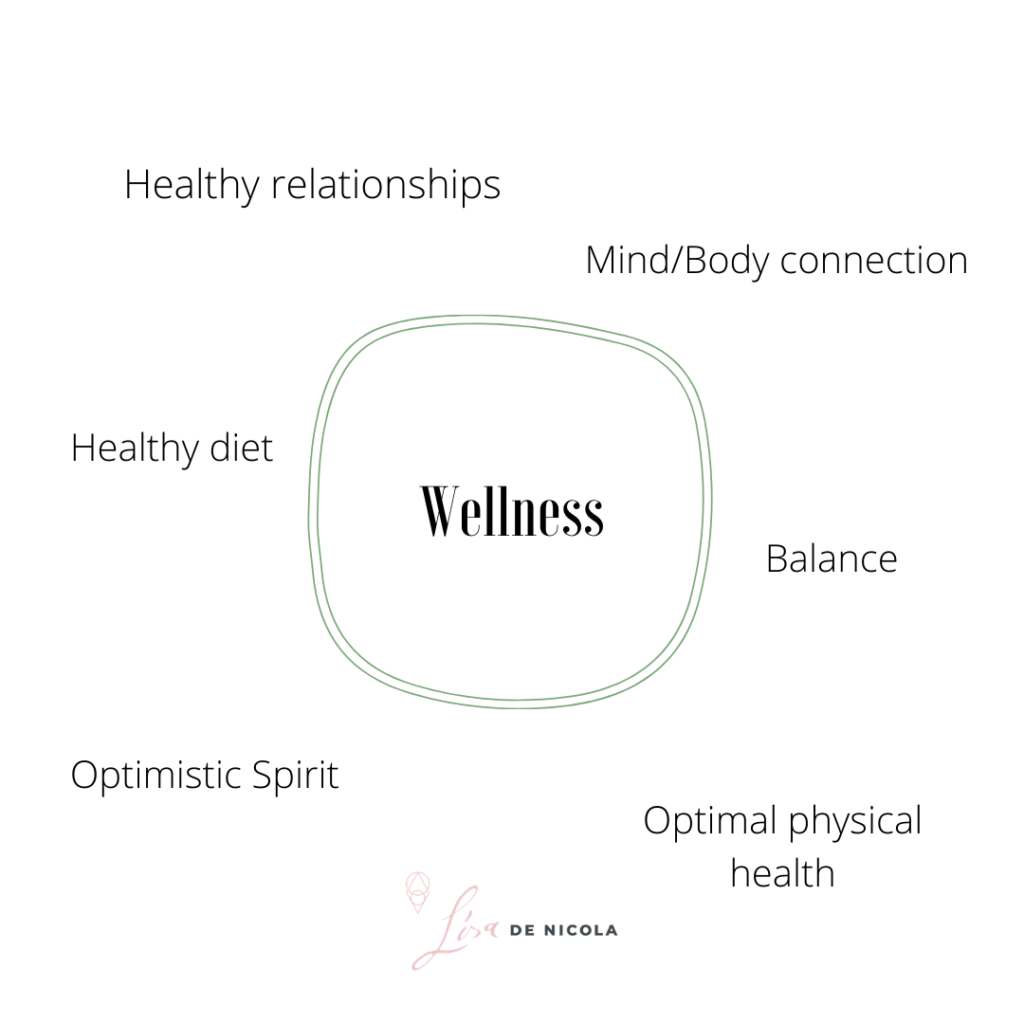We’ve all heard how important caring for our well-being is and for many, you usually pay attention when you’re on the verge of burnout. In the age of COVID, it seemed like it was all you heard.
How to care for your mental and emotional health, keeping up with physical activity, structuring your workdays in a WFH (work from home) environment to allow for breaks and how to effectively manage stress and anxiety during a pandemic.
While stress is a wide spectrum and each of us will experience and define it differently, there’s enough research that points to a culture we live in that breeds stress on multiple levels.
According to the Mental Health Commission of Canada, one in five Canadians experience a mental health problem or illness each year, equating to 500, 000 employees unable to work every week due to mental health problems or illnesses. Workplace stress as a primary cause of their mental health problem or illness.
In the workplace, we don’t often speak about the importance of your overall well-being. Outside of the standard PTO days and encouraging employees to “make sure they take their vacation” very little attention is given to the importance of one’s well-being as a critical component to optimal health. Not to mention the effects it has on productivity in the workplace. Some might even say to your personal success.
You could say post-COVID where millions of people will be dealing with the long-term effects of a global pandemic, it’s no longer enough to have a specialist or a health care expert to speak about the benefits of self-care, optimal wellness and how to deal with stress and anxiety at work.
Educating and increasing awareness on what wellness means for employees and how their overall well-being has a ripple effect on their productivity and performance levels while at work is critical. By making it a part of your corporate culture and communicating the message on an ongoing basis.
We’ve come a long way in offering ‘new’ wellness benefits that we didn’t see 5 or 10 years ago. Things such as a mental health or wellness day despite the amount of research that’s been around for years which speaks to the importance of mental and emotional health.
There’s a tremendous opportunity to de-stigmatize what mental health means and how to recognize it in the workplace. Talking about it regularly throughout the year and having options like therapy and mental health counsellors easily accessible and available can help those who may be otherwise less inclined to use these services if needed.
A wellness program that offers opportunities to educate and increase awareness is key while offering benefits to cater and support our mental and emotional health vs. offering options that simply act as a band-aid.
It’s important to note that wellness includes multiple elements:
- Physical
- Mental
- Emotional
- Spiritual
I’d also add financial wellness is likely a strong one although generally, the above is usually the focus for corporate wellness programs. In light of the effects the pandemic had on the economy, reviewing how the financial wellness of your employees has been impacted, it’s worth considering adding this to your wellness program. Especially since we’re redefining it.

What a could a wellness program look like in the future of work?
Mental & emotional wellness –
- Meditation memberships (local studios or via a digital app)
- Having an on-site meditation room
- Group led breathing & meditation classes on-site
- Accessible therapy and mental health counsellors
- Monthly mental health days outside of PTO days
- Coaching offered for multiple levels of an organization
- Regular workshops/training on mental health in the workplace
Physical wellness –
- Gym memberships
- Yoga memberships
- An employer-subsidized dollar amount that can be used towards physical activity (spin classes, etc.)
- Nutritional workshops/seminars throughout the year in office for education and increased awareness
Financial wellness –
- Financial based workshops/seminars throughout the year covering various topics (employee savings, mortgages, investing, etc.)
- Tools & resources to educate & support employees on their personal finances
- Tuition reimbursement
- Personal development expenditure
- Healthy employer RSP contribution or 401K match
A strong wellness program is comprised of multiple elements to support human beings (all aspects) and should factor in – you guessed it, what employees are looking for.
Everyone is different and employees will naturally have varying levels of needs depending on their personal circumstances and lifestyle. Engagement and input from your employees could be highly beneficial in creating a holistic and impactful wellness program.
The future of work will see more compassionate leadership and a new generation of leaders that will have employees looking for new ways to be supported. A holistic approach in benefit offerings and re-defining wellness through an updated program that defines well-being as a new measure of success will long outlast any encouragement of taking your PTO days before the year ends.
From the options listed above, what stands out to be one of the most important elements to include in a newly defined wellness program?
What should be considered heading into the future of work?
I’d love to hear your thoughts, let me know in the comments below.


